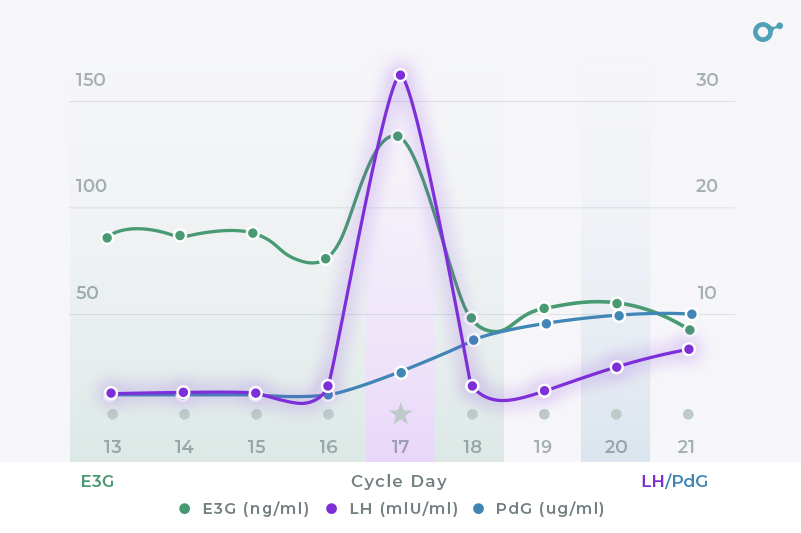10 Milk Teeth Xray Tips For Healthy Smiles

The journey to a healthy smile begins at a young age, and monitoring the development of milk teeth is a crucial part of pediatric dental care. Dental X-rays are a valuable tool in this process, providing insights into the health and development of children’s teeth that cannot be seen with the naked eye. Here are 10 tips for using X-rays of milk teeth to ensure your child has a healthy smile:
Understanding the Purpose: Before proceeding with any X-ray, it’s essential to understand why it’s necessary. X-rays of milk teeth can help dentists identify cavities, tooth decay, the development of permanent teeth, and any abnormalities in tooth position or development. This understanding can help alleviate any concerns parents might have about the procedure.
Choosing the Right Time: The timing of the first X-ray depends on the child’s dental development and oral health. Typically, the first X-ray is recommended when the child is about two to three years old, or when their teeth start touching each other. However, this can vary based on the child’s specific dental needs and the dentist’s professional judgment.
Types of X-rays: There are different types of dental X-rays, including bitewing X-rays, periapical X-rays, and panoramic X-rays. Each type provides different views and is used for different diagnostic purposes. For example, bitewing X-rays are excellent for detecting cavities between teeth, while panoramic X-rays provide a comprehensive view of the entire mouth, including the teeth, jaw, and sinuses.
Preparation is Key: Preparing your child for their first X-ray can make the experience less intimidating. Explain the process in simple terms, emphasizing that it’s a quick and painless procedure. Many dental offices have models or pictures that can help demonstrate what will happen, making it easier for children to understand and feel more comfortable.
Minimizing Exposure: The safety of dental X-rays, especially for children, is a top priority. Advances in technology have significantly reduced the amount of radiation used in dental X-rays. Digital X-rays, for instance, use up to 90% less radiation than traditional film X-rays. Dentists follow the ALARA principle (As Low As Reasonably Achievable) to minimize exposure while still obtaining necessary diagnostic information.
Interpreting X-ray Results: While dentists are trained to interpret X-rays, understanding the basics can help parents appreciate the findings. Look for signs of tooth decay, the presence of extra teeth, or any abnormalities in the size or shape of the teeth. The dentist will explain the X-ray results, highlighting any areas of concern and recommending appropriate treatments.
Frequency of X-rays: The frequency at which X-rays are taken depends on the child’s oral health status and risk factors for dental problems. Children at high risk of tooth decay or with a history of dental issues may require more frequent X-rays. The American Dental Association (ADA) and the American Academy of Pediatric Dentistry (AAPD) provide guidelines, but the decision is tailored to the individual child’s needs.
Combining X-rays with Other Diagnostic Tools: X-rays are just one part of a comprehensive dental examination. They are often used in conjunction with visual exams, where the dentist looks for signs of decay or other issues, and possibly other diagnostic tools like intraoral cameras. This combined approach ensures a thorough assessment of the child’s dental health.
Educational Opportunity: The X-ray process can serve as an educational opportunity for both children and parents. It can help teach children about the importance of dental hygiene and the role of X-rays in maintaining healthy teeth. For parents, it provides insight into their child’s dental health and how to support good oral care habits at home.
Following Up: After the X-ray, it’s crucial to follow the dentist’s recommendations for any necessary treatments or follow-up appointments. Regular dental check-ups, combined with good oral hygiene practices like brushing and flossing, are key to preventing dental issues and ensuring your child has a healthy, beautiful smile as they grow.
By embracing these tips and working closely with your child’s dentist, you can leverage the power of X-rays to contribute to a lifetime of healthy smiles for your child. The combination of technology, professional expertise, and parental support sets the stage for optimal dental health from an early age.


